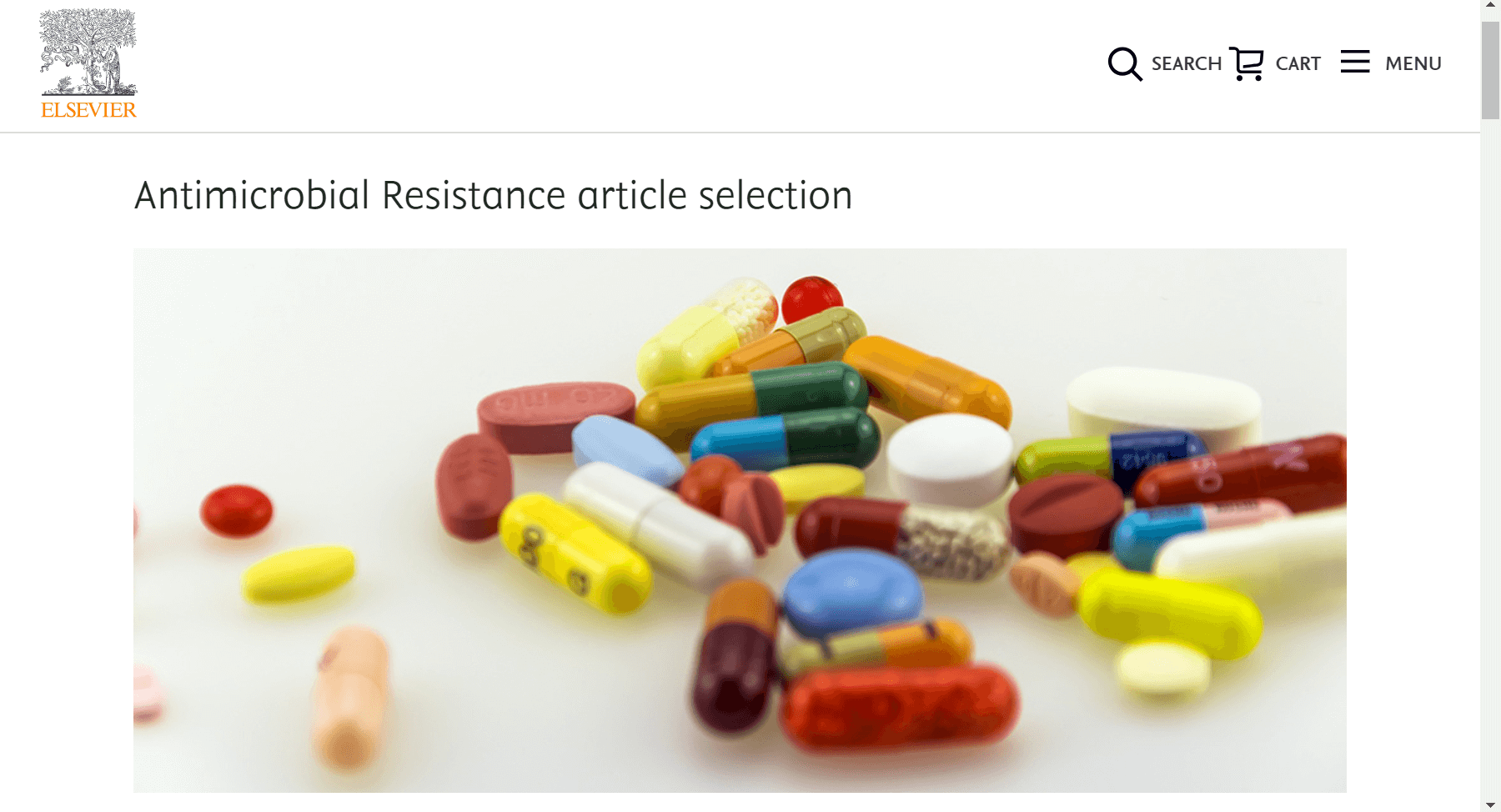Persistence pays off
There are many reasons why antimicrobials are failing.
The discovery of penicillin heralded a new age in treating infectious diseases. We finally had a means to cure infections specifically and successfully, and this created a whole slew of antimicrobial drugs, eradicating diseases that would otherwise almost certainly kill the patient.
However, these days, infectious disease agents are finding ways to overcome and become resistant to the arsenal of antimicrobials that we have. Scientists are now scrambling not only to discover new antimicrobials, such as antibiotics, but also to discover the mechanisms by which bacteria, fungi and other infectious agents are become resistant in the first place. Fungal infections are especially dangerous, as we only have 3 classes of drugs to treat them, and resistance is becoming more and more common (1).
Professor Judith Berman, of Tel Aviv University, studies the mechanism of how infectious fungi stop responding to anti-fungal drugs. In this podcast, she explains the difference between the concepts of drug resistance, usually due to genetic changes that allow the fungus (or other infectious agents like bacteria) to grow despite the drug, and drug tolerance, where a subpopulation of cells keep growing slowly in spite of drug presence. In the clinic, tests can detect resistance, but not tolerance. Treatments therefore seem to increase the likelihood of infections keep coming back, because the infectious cells are less responsive to drug therapy. This is a really interesting phenomenon, because these persisters do not acquire the ability to grow in drug along the way – this is an inherent trait. This could have huge implications when physicians have to decide how to treat fungal infections. Judy is now investigating how this actually happens. Hear the full story here!
PS: Want to know more about antimicrobial resistance?
Here is an article selection that can get you started. This website also has podcasts that I did with Stephen Baker, professor at Nuffield department of Medicine, and Marc Sprenger, the director of the WHO Antimicrobial resistance secretariat.

Also check out this wonderful video from the Longitude prize about AMR in India:
References:
- Paul E. Verweij Anuradha Chowdhary Willem J. G. Melchers Jacques F. Meis 2016. Azole Resistance in Aspergillus fumigatus: Can We Retain the Clinical Use of Mold-Active Antifungal Azoles? Clinical Infectious Diseases, Volume 62, Issue 3, Pages 362–368, https://doi.org/10.1093/cid/civ885
- Selmecki, A., Forche, A. and J. Berman. 2006. Aneuploidy and Isochromosome Formation in Drug-Resistant Candida albicans. Science. 313(5785): 367-370.
- Rosenberg, A., Ene, I.V., Bibi, M., Zakin, S., Segal, E.S., Ziv, N., Dahan, A.M., Colombo, A.L., Bennett, R.J. and J. Berman. 2018. Antifungal tolerance is a subpopulation effect distinct from resistance and is associated with persistent candidemia. Nature Communications. June 15; 9:2470. doi: 10.1038/s41467-018-04926-x
- Yang, F. Teoh, F., Tan, A.S.M., Pavelka, N and J. Berman. 2019. Aneuploidy enables cross-adaptation to unrelated drugs. Molecular Biology and Evolution. In press (https://academic.oup.com/mbe/advance-article/doi/10.1093/molbev/msz104/5481006).
© Sheba AJ

This work is licensed under a Creative Commons Attribution-NonCommercial 4.0 International License.
